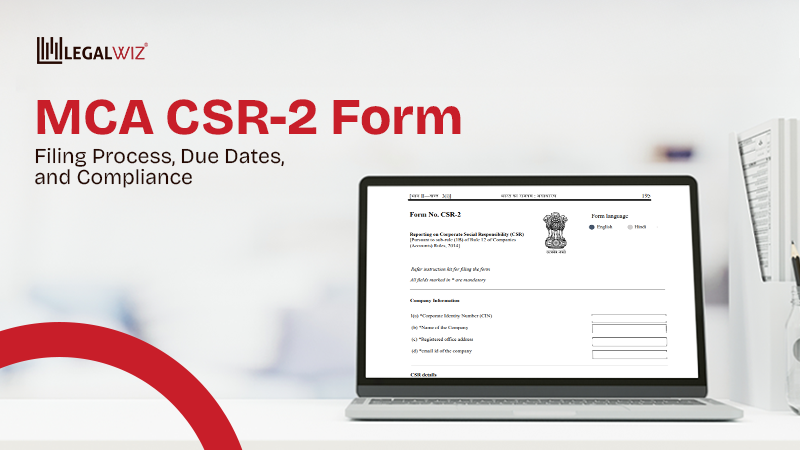Beginner’s guide for understanding the basics of Income Tax
It is always the toughest pill to swallow that your desired job comes with tax returns complexities. For many Indians, calculating their tax is still a tricky exercise, and because of other certain challenges, there is a persistent lack of viable other solutions that can aid in terms of tax calculations. We have realized that not only is it advantageous but also required to give a guide to calculate tax returns to assist any average internet user.
Here is the article that will show you all the steps needed to calculate tax returns and income tax basics.
Also Read: Income Tax Return – An Overview
Prior to going forward, it is requisite to develop an understanding of some frequently used terms while submitting the tax return.
Previous year
The commencement of the financial year begins from the 1st of April and ends on March 31st. Regardless of the time, whether one has joined their job, their financial year would end on March 31st. Suppose, if one has joined on 15th of February of 2020, at the time of calculating their tax, their previous year would be 2019-2020, and their financial year would end on 31st of March.
Assessment year
The year in which one is supposed to submit for their tax return is known as their assessment year. Your tax will be calculated in the assessment year based on the previous year’s earned wealth/income. As an afore-mentioned example, the assessment year of the previous year 2019-2020 would be 2020-2021. One can simply submit their tax return by the 31st of July.
Tax deducted at source
TDS makes the larger chunk of the direct taxation mechanism applicable to multiple heads of income to accumulate taxes at the very source. For example, at the time of pay-out, the taxpayer will have to deduct an amount of tax, based on the rules mentioned by the income tax department. As TDS is deducted right at the source, it helps to inspect tax evasion and eases the taxpayer liability from paying taxes altogether at the end of the FY. If an individual working in an organization/firm receives a salary exceeding basic exemption limit, then their employer is expected to deduct TDS over the amount of salary.
While paying income tax, a taxpayer can deduct the amount of tax he/she has paid via TDS in the previous year. TDS mechanism aids government ensure a steady inflow of revenue and truncates the taxpayers’ financial labour. Tax is deducted based on the tax rate (tax slab) a taxpayer is falling under.
Standard deduction
This applies to salaried persons only. According to budget 2018, a salaried employee is entitled to deduct an amount of Rs. 40,000 from their gross salary as reimbursement to substitute the medical allowance amounting to Rs. 15,000 and traveling expenses amounting to Rs. 19,200 in a financial year. After the 2019 budget, this threshold of standard deduction has been increased from Rs. 40,000 to Rs. 50,000.
Tax payable on the income
A. Income from” Salary”
– Salary
– Allowances:Leave encashment; all the income you have received while rendering your job as a result of your employment in a firm/organization; All income received as profit in lieu of salary during the course of employment in a firm/ organization.
B. Income under the head “Income from House Property”
– Income derived from the property of the house, whether it is rental or not.
C. Income under the head “Capital Gain”
– It applies to the capital gain or loss that results when an asset is sold.
D. Income under the head “Profits and gains from Business or Profession- PGBP”
– Income from a business or a profession. Income/loss resulting from involvement in a business or profession.
E. Income from “Other sources”
– All other income sources, such as Interest on saving/checking accounts, Fixed Deposits, bonds, gifts, etc. fall under this category.
- Deductions.
This step is very crucial. When calculating a person’s tax, he/she should check for all the possible deductions they can make while paying the actual tax. It is the amount of money that can be deducted by the taxpayer at the time of submitting a tax return, according to the tax department.
Read More: Quick Guide for Income Tax Return Filing
Let us refer to few of such deductions here:
Defining section 80C
It is the most important way of saving taxes. It permits taxpayers to minimize their taxable income by making investments and some expenses which help a taxpayer in saving the taxes he/she pays. Currently, this section permits deduction up to Rs. 1,50,000 annually on the gross total income. Nonetheless, it applies to eligible investments and certain expenses, which are given below.
– Public Provident Fund- PPF.
Section 80C acknowledges the public provident fund. Here, when one creates a PPF account, they require to deposit a minimum of Rs. 500 and a maximum of Rs. 1,50,000 in a year. This is a very common deduction as every bank permit to create a PPF account which becomes very convenient for a layman to plan open the account & plan for their Tax liability.
– Fixed Deposit- FD.
Fixed deposits are an intelligent way of ensuring capital protection and sizeable interest income for investors as well. FD’s have minimum lock-in period for 5 years, making the income from the interest taxable.
– Equity-Linked Saving Scheme- ELSS.
An equity-linked saving scheme enables a person a deduction from the total income up to Rs. 1,50,000 under section 80C. As per section 80C if an investor was intended to invest Rs. 50,000 in an ELSS, then this amount will be deducted from the total payable taxable income, hence, minimizing their tax burden. It is a mutual fund scheme, due to which it has become one of the most preferred methods for the deduction. Also, it has the lowest lock-in time of 3 years.
- Calculation of payable tax.
Once the total gross income is generated, tax slabs are applied on the amount left to calculate the payable tax of an individual after deduction. Tax slabs are tax rates that apply to various kinds of incomes. Tax rates changes on an annual basis.
Submission for a tax return can be a bit complex and tricky ad-lib [P1] without proper knowledge of possible deduction methods. Nonetheless, once you get acquainted with the process, it can help you save a lot of money. Hard-earned money has to be spent ideally and submitting a tax return smartly is the central pillar of managing your income and expenses cleverly.

Shreeda Shah
Shreeda Shah is a Chartered Accountant associated with Legalwiz.in as a Business Advisor. She has a good expertise over Direct Taxation and Indirect Taxation compliances.







